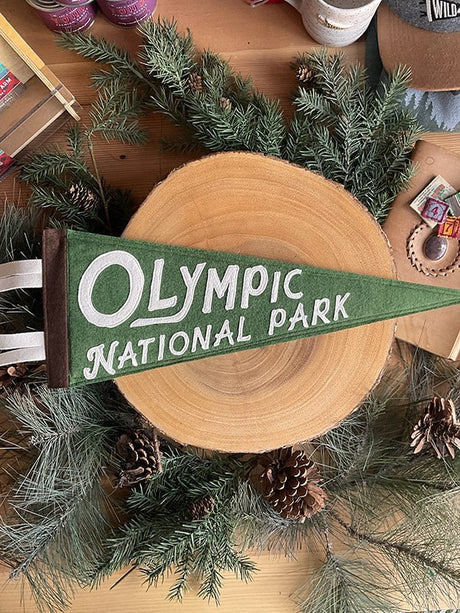As the chill of winter melts away and the landscape bursts into a riot of colors, May is the perfect time to explore the best national parks for wildflower walks. Whether you're a seasoned botanist or a casual nature lover, the trails of America's national parks offer an unparalleled opportunity to immerse yourself in the beauty of spring's floral splendor.
Great Smoky Mountains National Park, Tennessee and North Carolina
Known as the "Wildflower National Park," the Great Smoky Mountains boast over 1,500 kinds of flowering plants, more than any other American national park. The park's diverse ecosystems make it a prime spot for wildflower enthusiasts. Popular trails like the Porter's Creek Trail and the Gregory Ridge Trail come alive with trilliums, lady slippers, and violets. For a truly immersive experience, visit during the Spring Wildflower Pilgrimage, an annual event featuring guided walks and educational programs.
Mount Rainier National Park, Washington

When the snow begins to recede, Mount Rainier's subalpine meadows transform into a painter's palette of colorful blooms. The Paradise area, aptly named, is particularly famous for its spectacular displays of avalanche lilies, bear grass, and lupines. Walking the Skyline Trail in late May, you'll be treated to sweeping views of Mount Rainier framed by wildflowers—a photographer's dream.
Joshua Tree National Park, California

While typically associated with stark desert landscapes, Joshua Tree surprises visitors in the spring with its vibrant wildflower displays, particularly after a wet winter. The Cholla Cactus Garden and the areas around Cottonwood Spring burst with blooms like the desert lupine and the Joshua tree itself, which sports creamy white flowers. These flowers provide a stark contrast to the rugged desert and are a testament to the resilience of nature.
Shenandoah National Park, Virginia
The rolling hills of Shenandoah are a sight to behold in May when the wildflowers take center stage. The park's 850 species of flowering plants include the large-flowered trillium and wild geraniums that line the Appalachian Trail and numerous other footpaths. For a gentle hike with maximum floral impact, try the Rose River Loop, which is also a great spot for catching the sounds of cascading waters accompanying the blooms.
Rocky Mountain National Park, Colorado

As spring turns to summer, the meadows of Rocky Mountain National Park become a wildflower haven. The alpine tundra, accessible via the Trail Ridge Road, showcases unique species adapted to the harsh conditions, such as the alpine sunflower. Lower down, the Bear Lake and Cub Lake trails offer easier hikes with abundant wildflowers like the Colorado blue columbine, the state flower, which can be seen dotting the landscape in shades of violet and blue.
Tips for Enjoying Your Wildflower Walks
- Check Park Conditions: Always check current park conditions and trail closures. Some trails may still be snowy or muddy in early May.
- Leave No Trace: Remember to follow Leave No Trace principles. Take only photos, leave only footprints.
- Use a Field Guide: Carry a wildflower guide or a plant identification app to enhance your understanding and appreciation of what you're seeing.
- Photography Etiquette: When photographing flowers, be careful not to trample surrounding plants. Use zoom lenses to get close-up shots without causing damage.
May is a fleeting moment in the natural calendar when the wildflowers in America's national parks are at their peak. It’s a perfect time to lace up your hiking boots, grab your camera, and explore these colorful, living tapestries. Each trail offers not just a feast for the eyes but also a serene experience connecting with nature at its most vibrant.










